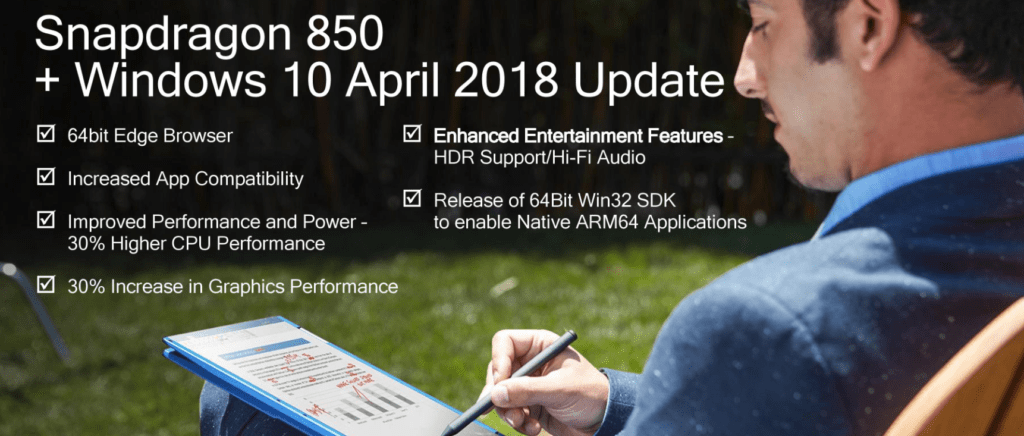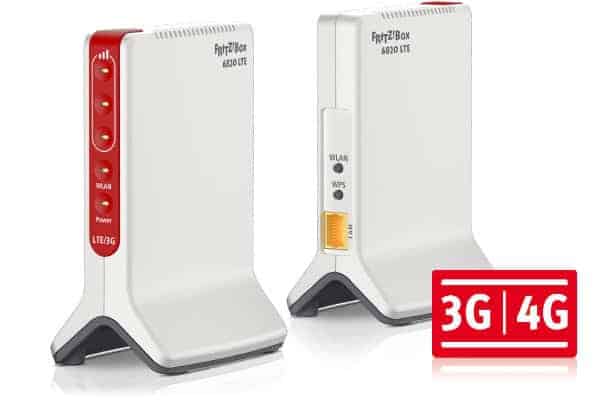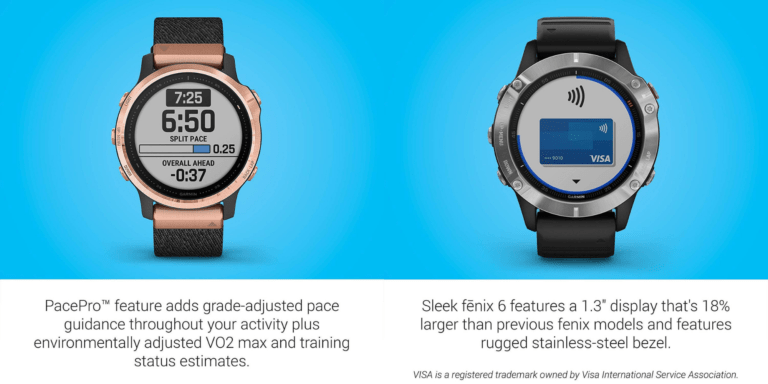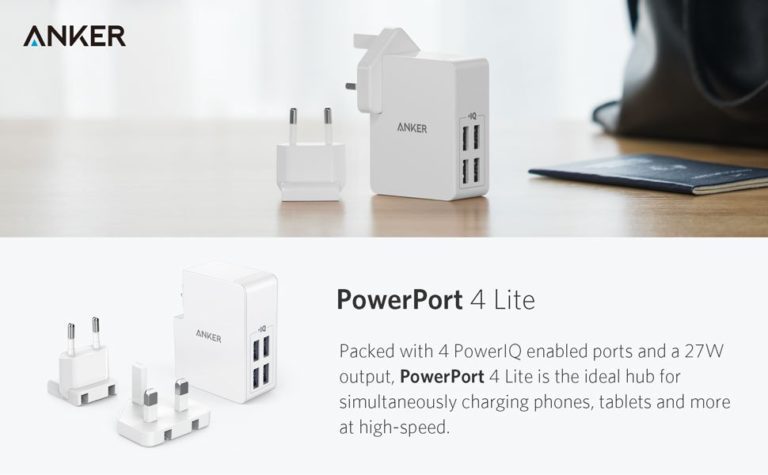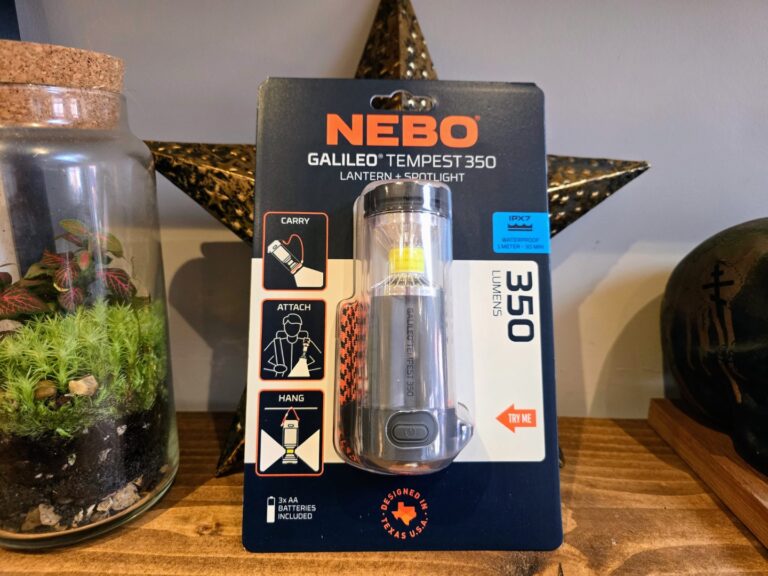Any links to online stores should be assumed to be affiliates. The company or PR agency provides all or most review samples. They have no control over my content, and I provide my honest opinion.
Qualcomm is on a bit of a roll as of late, announcing chips for multiple purposes other than a Smartphones, they have announced a new wearable SoC as well as new chips specifically for VR headsets. They are now going all in with Windows 10 on Arm, moving away from focussing on just smartphone chips.
The company unveiled the Snapdragon 850 — a processor designed specifically for Windows devices. The chip is supposed to drive a new generation of Windows on Snapdragon devices around this holiday season, made by Qualcomm’s numerous partners.
While it is technically a new SoC, in reality, it appears to be a tweaked Snapdragon 845, which is understandable. The larger nature of Windows PCs means that they can run at higher clock speeds without overheating. The extra space in larger chasses allows for better dissipation.
The new chip will be clocked at 2.96GHz which is suspiciously the same number as the ASUS ROG phone is clocked at. Qualcomm has used a comparison to the 835 mobile platform which is found on current Arm PCs and state that it should provide an additional+30% performance, +20% battery life, and +20% wireless speeds.
The Snapdragon X20 LTE modem now supports licenced 10 MHz spectrum with LAA, which Qualcomm states should allow for Gigabit connectivity speeds in 90% of the worldwide LTE markets when combined with carrier aggregation technology.
The S850 also uses the upgraded audio and video codec features that were used in the S845. This includes support for H.264 and HEVC 4K encode and decode for video playback services, and support for extended 4K video capture from integrated cameras. There will also be support for HDR displays and 4K capture through the onboard camera
The biggest selling point of Windows 10 on Arm is the phenomenal battery life, the 850 is supposed to last up to 25 hours, depending on your use. So if you commute or work remotely a lot and don’t need any fancy software or powerful processing these laptops have the potential to be a game changer.
| Qualcomm Snapdragon 850 vs 845 vs 835 | |||||
| SoC | Snapdragon 850 | Snapdragon 845 | Snapdragon 835 | ||
| CPU | Large Cores | 4 x Kryo 385 Gold 2.95 GHz 4 x 256 KB L2 | 4x Kryo 385 Gold @ 2.8GHz 4 x 256 KB L2 | 4x Kryo 280 Gold 2.45GHz 2MB L2 | |
| Small Cores | 4 x Kryo 835 Silver ? GHz 4 x 128 KB L2 | 4 x Kryo 385 Silver 1.77 GHz 4 x 128 KB L2 | 4 x Kryo 280 Silver 1.90 GHz 1 MB L2 | ||
| DSU | 2 MB L3 | 2 MB L3 | – | ||
| GPU | Adreno 630 | Adreno 630 | Adreno 540 @ 670/710MHz | ||
| Memory | ? | 4x 16-bit CH @ 1866MHz LPDDR4x 29.9GB/s 3MB system cache | 4x 16-bit CH @ 1866MHz LPDDR4x 29.9GB/s | ||
| ISP/Camera | Dual 14-bit Spectra 280 ISP | Dual 14-bit Spectra 280 ISP 1x 32MP or 2x 16MP | Dual 14-bit Spectra 180 ISP 1x 32MP or 2x 16MP | ||
| Encode/ Decode | 2160p 10-bit H.265 720p480 | 2160p60 10-bit H.265 720p480 | 2160p30 (2160p60 decode), 1080p120 H.264 & H.265 | ||
| Integrated Modem | Snapfragon X20 LTE Cat 18/13 | Snapdragon X20 LTE Cat 18/13 | Snapdragon X16 LTE Cat 16/13 | ||
| Mfc. Process | 10nm LPP | 10nm LPP | 10nm LPE | ||
I am James, a UK-based tech enthusiast and the Editor and Owner of Mighty Gadget, which I’ve proudly run since 2007. Passionate about all things technology, my expertise spans from computers and networking to mobile, wearables, and smart home devices.
As a fitness fanatic who loves running and cycling, I also have a keen interest in fitness-related technology, and I take every opportunity to cover this niche on my blog. My diverse interests allow me to bring a unique perspective to tech blogging, merging lifestyle, fitness, and the latest tech trends.
In my academic pursuits, I earned a BSc in Information Systems Design from UCLAN, before advancing my learning with a Master’s Degree in Computing. This advanced study also included Cisco CCNA accreditation, further demonstrating my commitment to understanding and staying ahead of the technology curve.
I’m proud to share that Vuelio has consistently ranked Mighty Gadget as one of the top technology blogs in the UK. With my dedication to technology and drive to share my insights, I aim to continue providing my readers with engaging and informative content.


